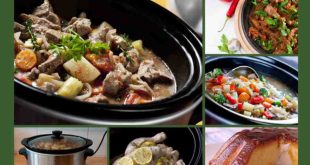18 Trees That Can Be Tapped For Their Sap
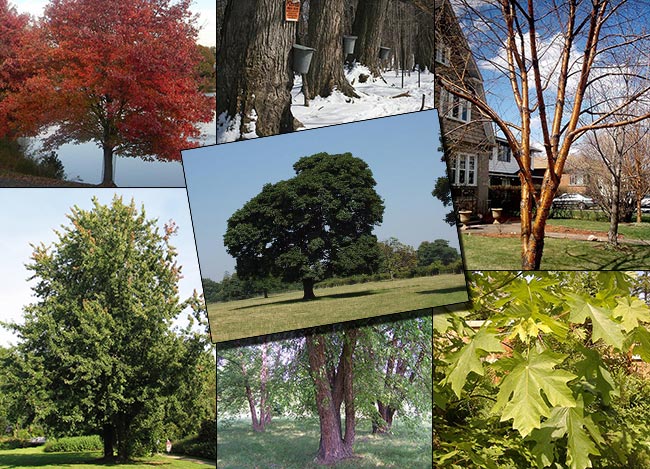
Some trees yield a sugar-rich sap which can be drunk raw, fermented into alcoholic beverages or gently boiled down to syrup. Below is a list of 20 tress that you can be tapped and their sap be used on your homestead.
This howto video will teach you everything you need to know about tapping maple trees, and the do’s and don’ts for when to tap, how to tap, where to tap, and so much more!
Sugar maple
Sugar maple (Acer saccharum) Not to be confused with Acer saccharinum
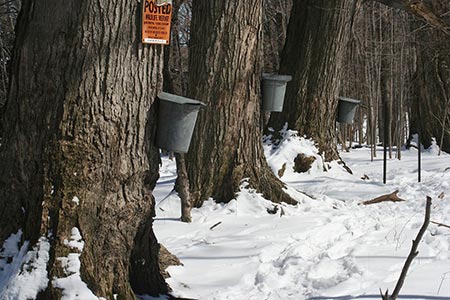
Canyon maple
Acer grandidentatum (bigtooth maple, Canyon maple) is a species of maple native to interior western North America, occurring in scattered populations from western Montana in the United States south to Coahuila in northern Mexico. It is closely related to Acer saccharum (sugar maple),
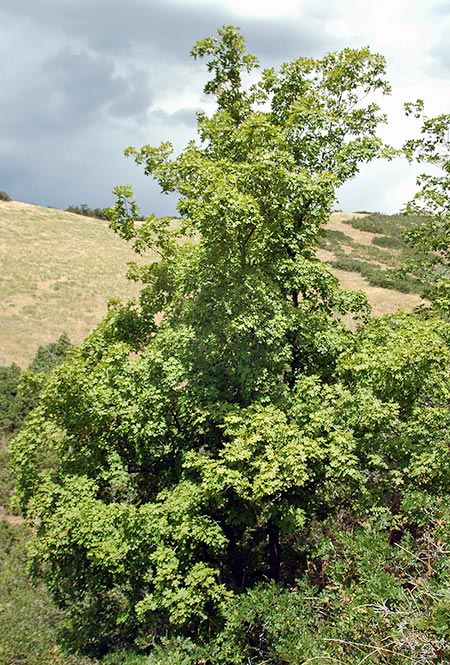
Betula lenta
Betula lenta (sweet birch, also known as black birch, cherry birch, mahogany birch, or spice birch), Native to eastern North America, black birch is most popular for its use in making birch beer. And, as this list suggests, the black birch can be tapped.
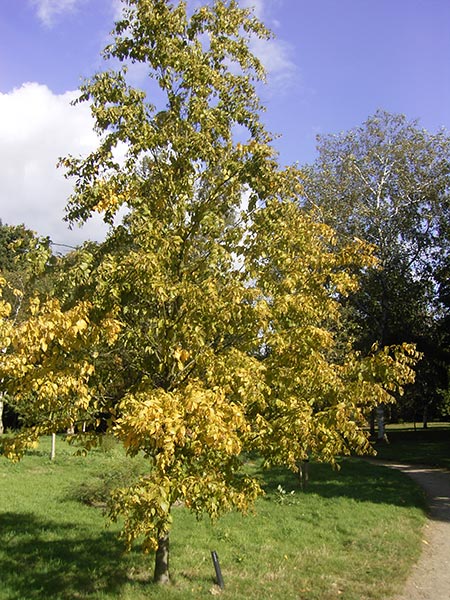
River birch
River birch (Betula nigra) Betula nigra is a species of birch native to the Eastern United States from New Hampshire west to southern Minnesota, and south to northern Florida and west to Texas
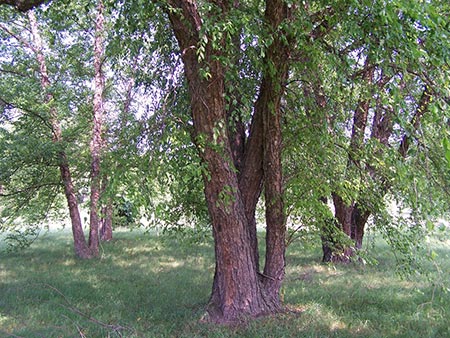
Gray birch
Gray birch (Betula populifolia) is more of a shrub than a tree, but may be tapped if it grows large enough. Betula populifolia is a deciduous tree native to North America. Range: It ranges from southeastern Ontario east to Nova Scotia, and south to Pennsylvania and New Jersey, with disjunct populations in Indiana, Virginia, and North Carolina
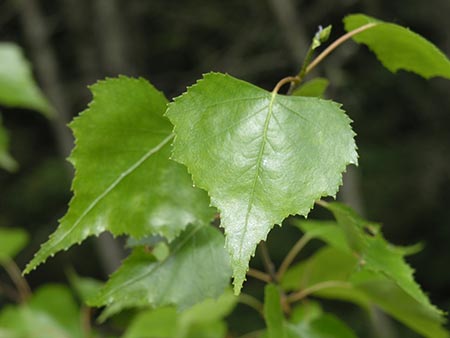
European white birch
European white birch (Betula pendula), commonly known as silver birch or warty birch, is a species of tree in the family Betulaceae, native to Europe and parts of Asia, though in southern Europe it is only found at higher altitudes.
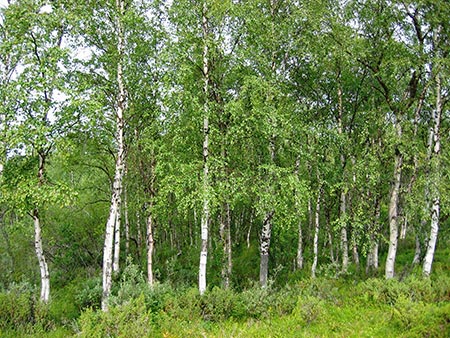
Sycamore
Sycamore (Platanus occidentalis) Native to North America, the sycamore tree has a lower sugar content than sugar maple, yet is reported to produce a syrup that exudes a butterscotch flavor.
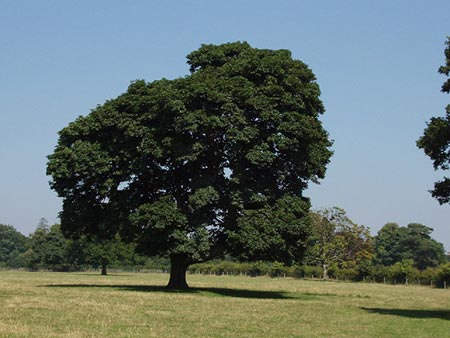
Rocky Mountain maple
Rocky Mountain maples (Acer glabrum), This is a species of maple native to western North America, from southeastern Alaska, British Columbia and western Alberta, east to western Nebraska, and south through Washington, Oregon, Idaho,
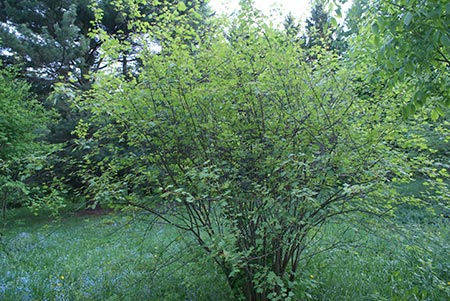
Butternut, white walnut
Butternut, white walnut (Juglans cinerea) The butternut produces a sap that yields roughly 2% sugar – similar to sugar maples. Juglans cinerea, commonly known as butternut or white walnut, is a species of walnut native to the eastern United States and southeast Canada.
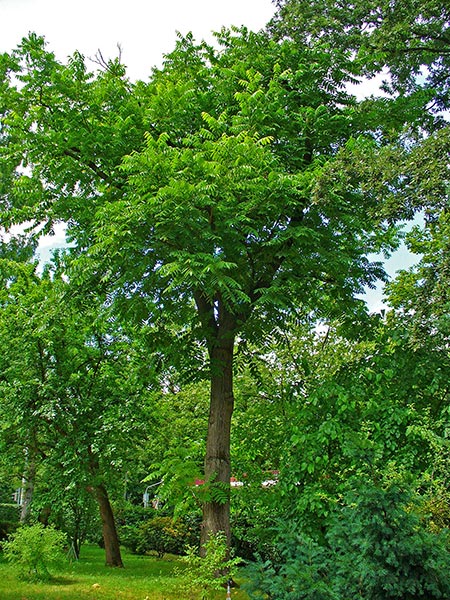
Black walnut
The black walnut tree (Juglans nigra) is a valuable timber species, whose sap flows in autumn, winter, and spring. It is more common in the Midwest than in the Northeastern United States.
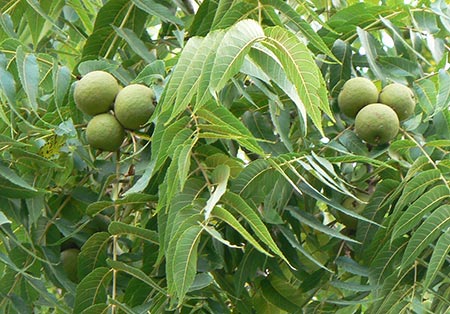
English walnut
(Juglans regia) These are the walnuts commonly eaten and purchased from supermarkets. English walnut, or especially in Great Britain, common walnut, is an Old World walnut tree species native to the region stretching from the Balkans eastward to the Himalayas and southwest China..
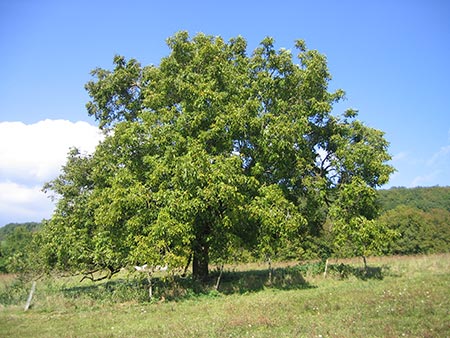
Paper birch
The paper birch (Betula papyrifera) has a lower sugar content than sugar maple (less than 1%), but is the sweetest of the birch trees.
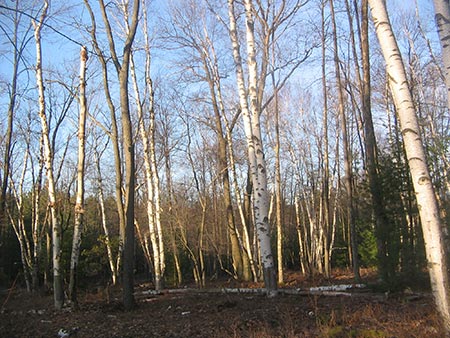
Black maple
Black maple (Acer nigrum) These trees closely resemble sugar maples and can be distinguished by their leaves. Black maples tend to have leaves with three major lobes, while leaves from sugar maples have five lobes. Acer nigrum is a species of maple closely related to A. saccharum, and treated as a subspecies of it by some authors
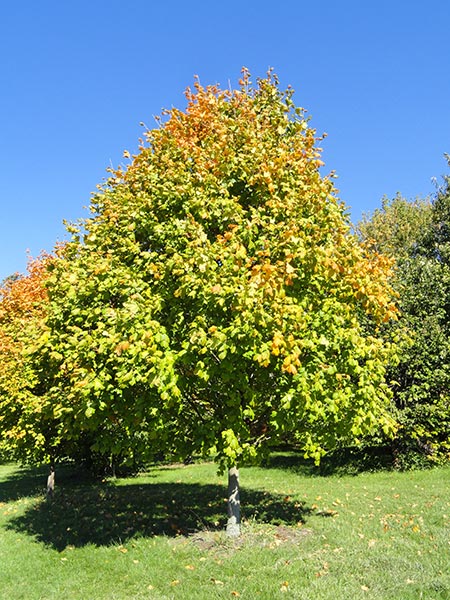
Red maple
Red maple (Acer rubrum), is one of the most common and widespread deciduous trees of eastern and central North America. The U.S. Forest service recognizes it as the most common species of tree in America Sap yields from red maples are generally lower than those from sugar maples, although some tapping operations utilize only red maples.
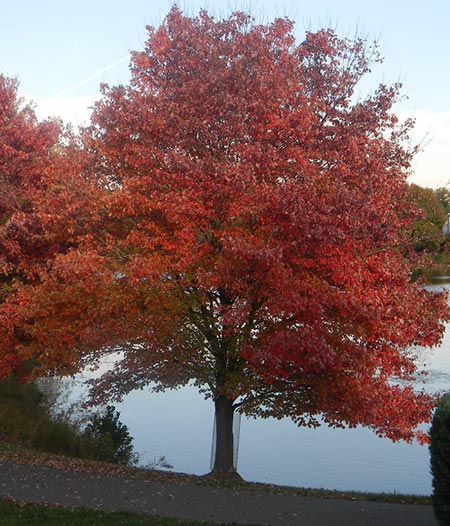
Silver maple
Silver maple (Acer saccharinum), commonly known as silver maple, creek maple, silverleaf maple, soft maple, water maple, swamp maple, or white maple—is a species of maple native to eastern and central North America in the eastern United States and Canada. Like the red maples above, the silver maples bud out earlier in the spring and have a lower sugar content than sugar maples
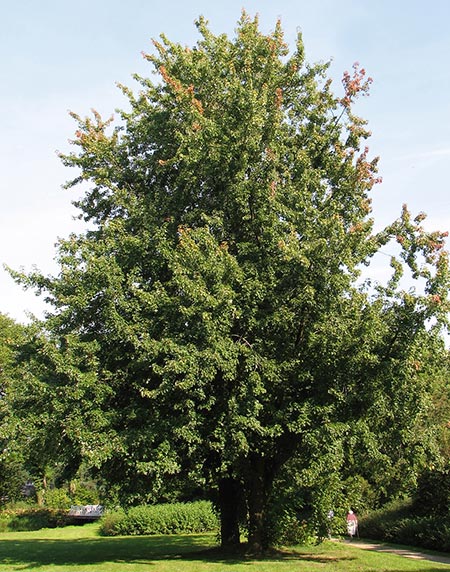
Bigleaf maple
Bigleaf maple (Acer macrophyllum), is a large deciduous tree in the genus Acer. It can grow up to 48.89 metres tall, but more commonly reaches 15–20 metres tall Bigleaf maple is the main species of maple growing between central California and British Columbia. These trees can still provide a commercially viable source of syrup for the Pacific Coast.
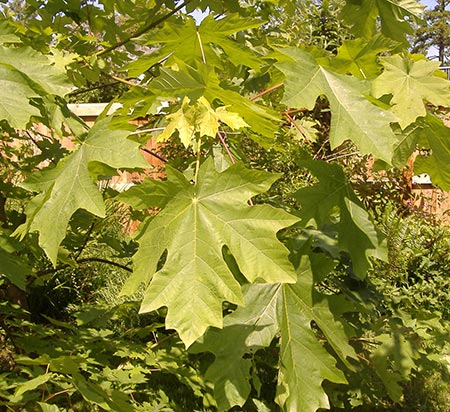
Yellow birch
Yellow birch (Betula alleghaniensis), is a species of birch native to eastern North America, The yellow birch tree has been found to have a higher mineral composition, lower sugar content, and a higher ORAC value (measure of antioxidant capacity) than sugar maple.
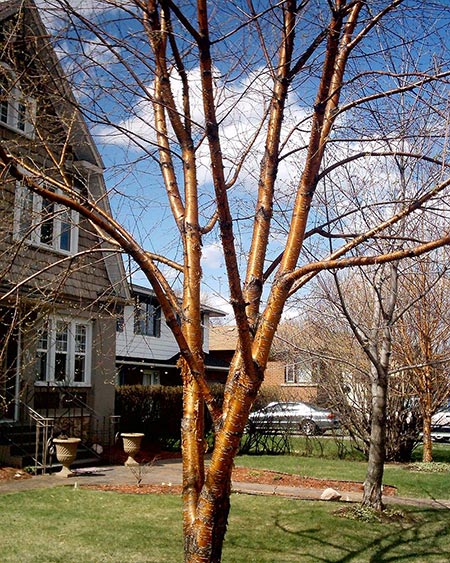
American hophornbeam
American hophornbeam (Ostrya virginiana) It is grown as an ornamental plant and is sometimes used as a street tree. Its wood is very resilient and is valued for making tool handles and fence posts. These trees produce a sap later in the spring, although the sugar content and volume are much less than those from birch trees.
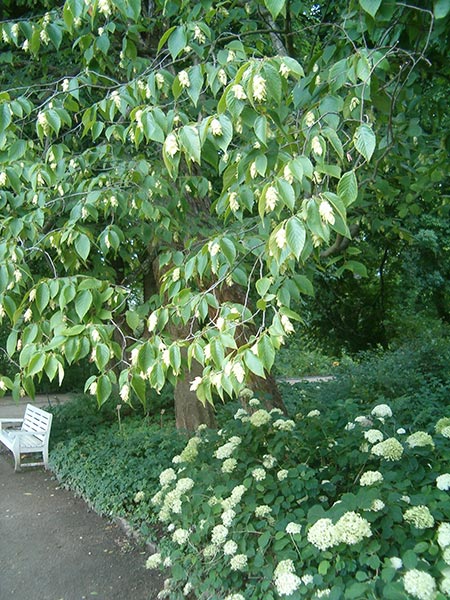
 Home and Gardening Ideas At home and Gardening ideas we believe inspiring readers about homesteading, self sufficiency
Home and Gardening Ideas At home and Gardening ideas we believe inspiring readers about homesteading, self sufficiency

